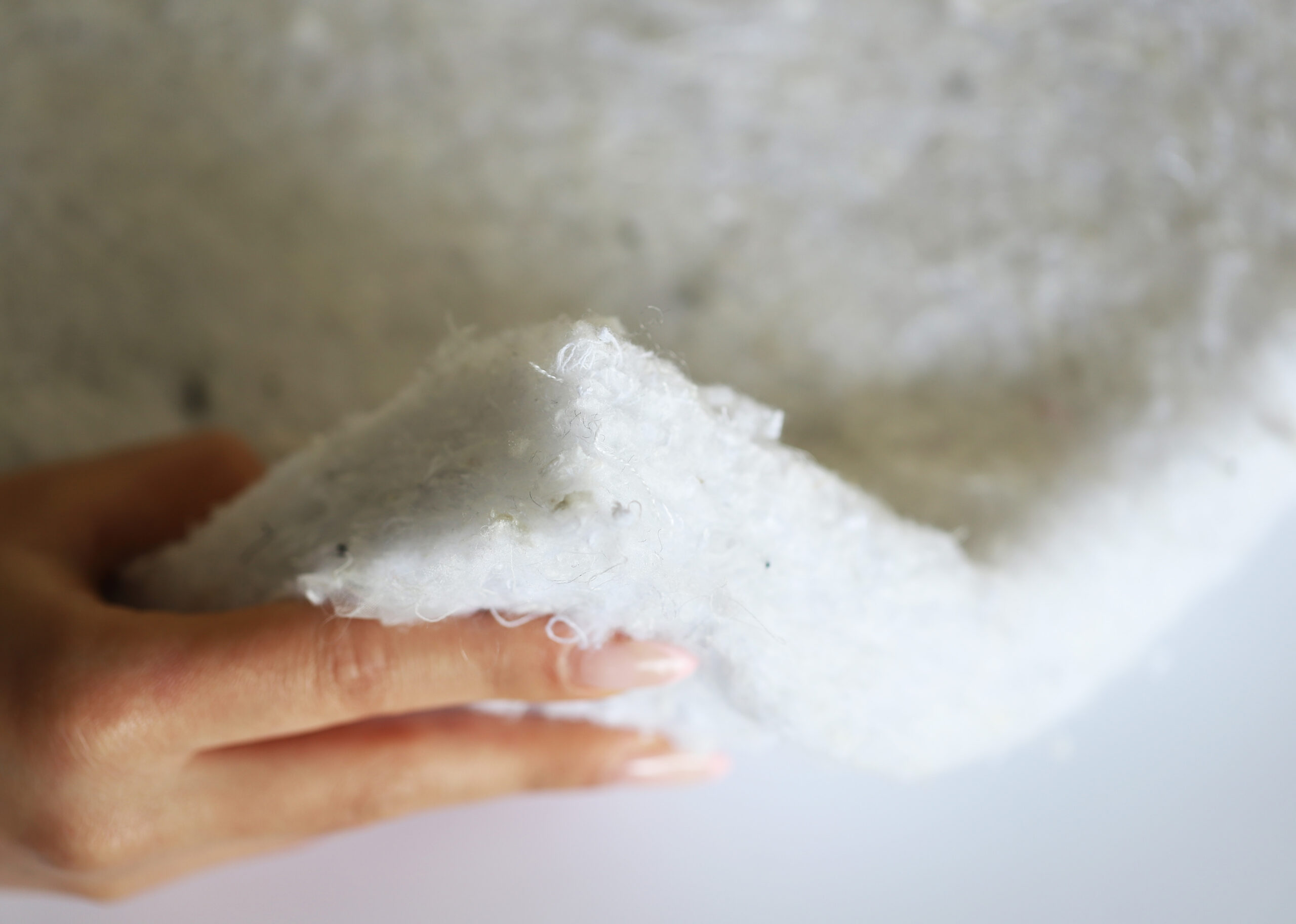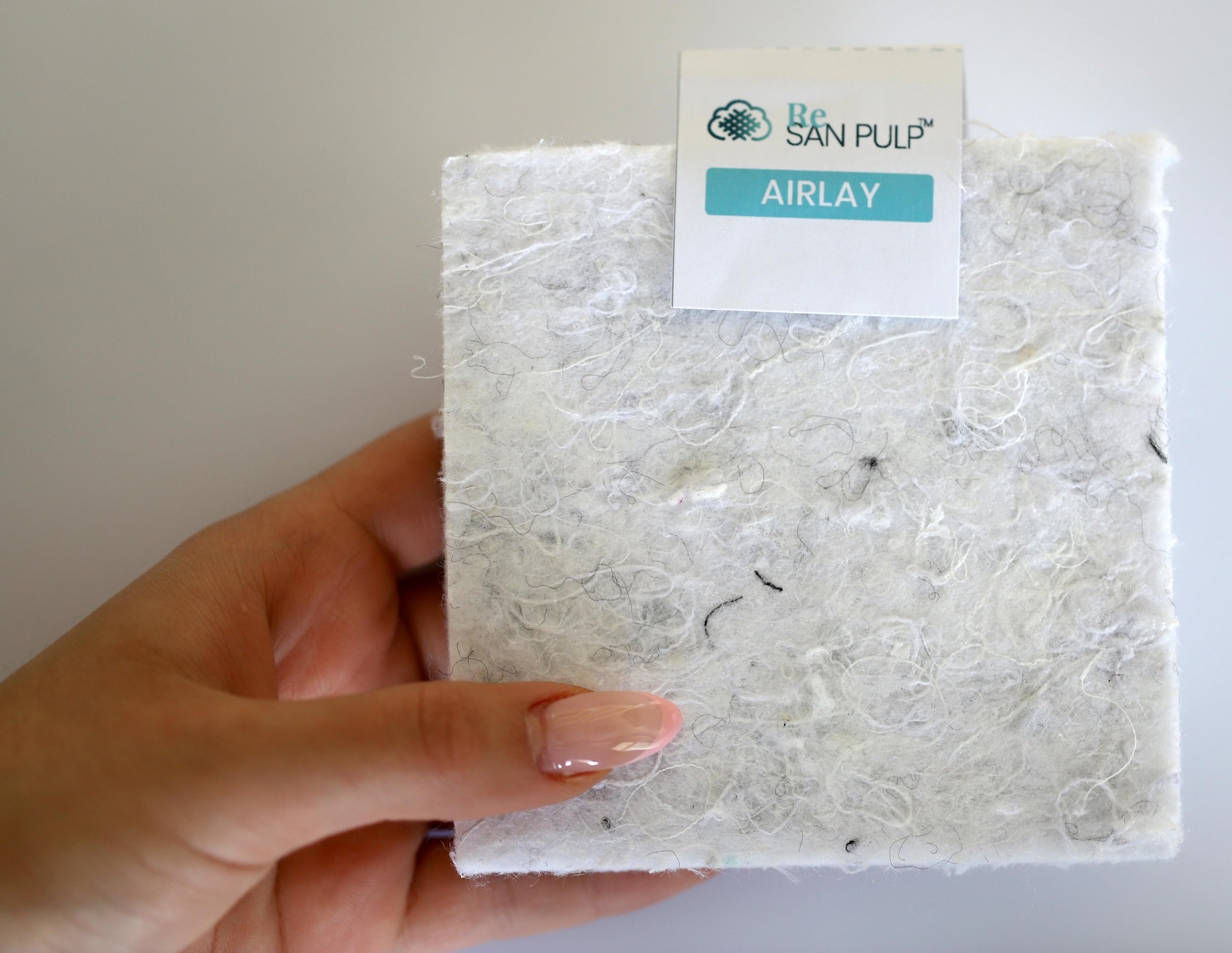In the quest for sustainable packaging solutions, the spotlight is increasingly turning towards nanocellulose, a revolutionary material with properties that could reshape the packaging industry. Nanocellulose, specifically Cellulose Nanocrystal (CNC), holds immense potential due to its lightweight nature, transparency, flexibility, and advanced functionality. These attributes not only rival but surpass those of conventional synthetic polymers, making nanocellulose a frontrunner in the race towards eco-friendly packaging solutions.
Understanding Cellulose Nanocrystal (CNC)
Cellulose Nanocrystal, also known as Nanocrystalline Cellulose, is cellulose in crystalline form, composed of nanosized cellulose fibrils. These submicroscopic particles possess remarkable properties that make them ideal for a wide range of applications, particularly in the packaging industry.
Properties of Cellulose Nanocrystal:
- Width: 10-20 nm
- Length: 300-900 nm
Why Choose Nanocellulose for Packaging Applications?
1. Mechanical and Barrier Properties Enhancement
Nanocellulose enhances the barrier properties and overall performance attributes of packaging products, ensuring better protection for goods while reducing environmental impact.
2. New Performance Frontiers: Electronics and Displays
Transparent and flexible electronic materials derived from nanocellulose open doors to innovative displays, electronic devices, and electronics printing, revolutionizing technology and sustainability in tandem.
The Case for Re-Nano™: Sustainable and Efficient
Energy Efficiency: With up to 50% savings during production, Re-Nano™, derived from textile waste, requires less energy compared to traditional wood-based sources. This not only reduces production costs but also minimizes the carbon footprint associated with manufacturing processes.
Purity and Cleanliness: Re-Nano™ is free from lignin and other additives, ensuring a clean and pure material for packaging applications. By eliminating the need for forest growth, it promotes sustainability and eco-friendly practices.
Cost-Effective Resource: Utilizing textile waste as a low-cost resource for nanocellulose production makes Re-Nano™ significantly more affordable than wood chips, the common source in the market. This cost-effectiveness paves the way for widespread adoption and scalability.
Environmental Impact: By utilizing waste resources and addressing pollution in the textile industry, Re-Nano™ contributes positively to sustainability efforts, making a significant impact on environmental preservation.
Global Availability: Through a global supply chain and innovative production methods like the Re-fresh smartup microfactory, nanocellulose production can be sourced from textile waste worldwide. This not only ensures global availability but also promotes expansion and growth opportunities on a global scale.
Embracing the Future of Packaging
The significance of nanocellulose properties in meeting the demand for future bio-packaging cannot be overstated. With its transformative capabilities, sustainability benefits, and global availability, nanocellulose, especially solutions like Re-Nano™ derived from textile waste, is poised to unlock a new era of eco-friendly packaging solutions. As industries and consumers alike prioritize sustainability, nanocellulose stands as a beacon of innovation, paving the way for a greener and more sustainable future.
Join the movement towards sustainable packaging with nanocellulose—where functionality meets eco-consciousness for a brighter tomorrow.






